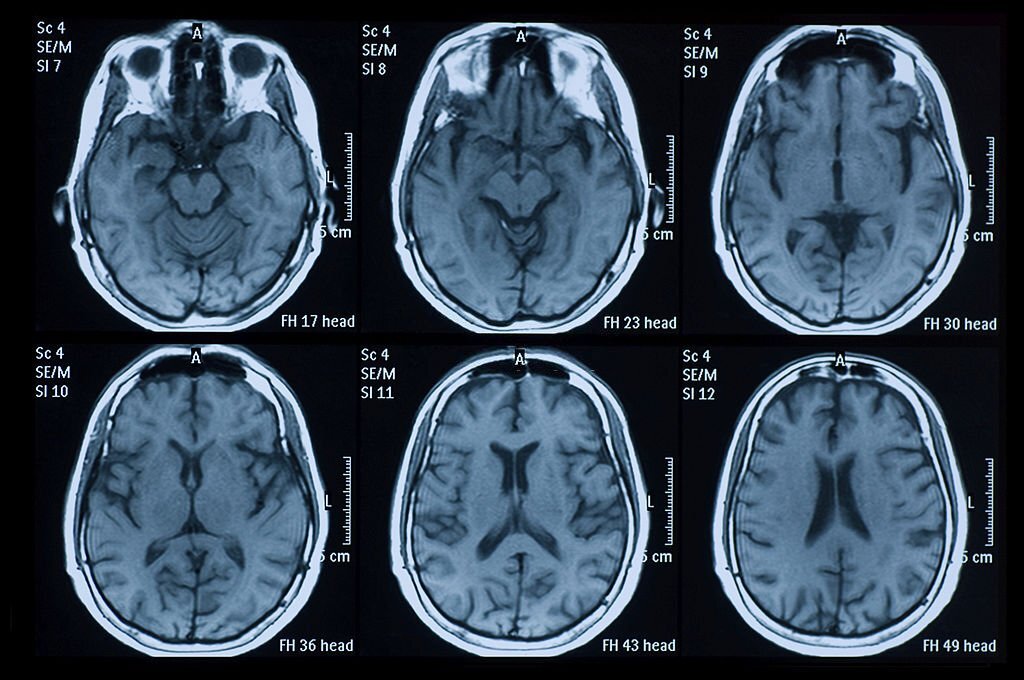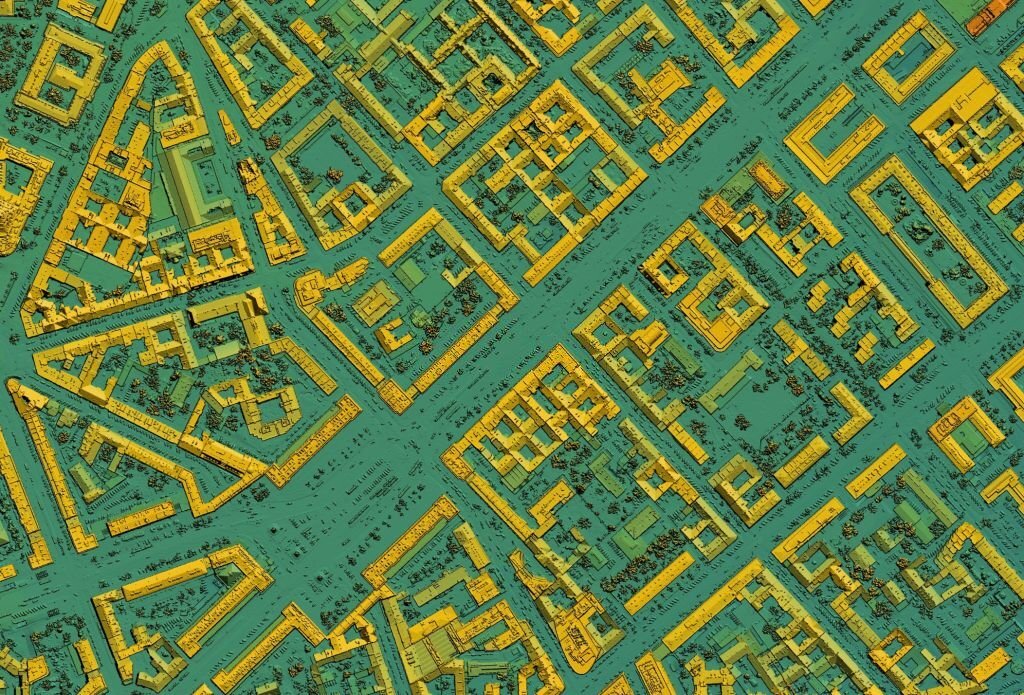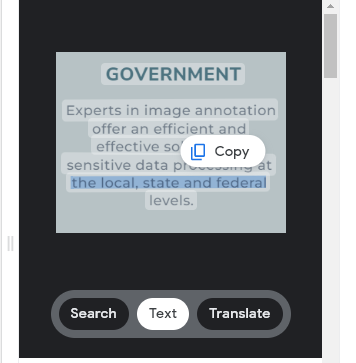WHAT IS IMAGE ANNOTATION?
Image annotation tool refers to the act of labeling images. It involves both human-powered work and computer-assisted assistance. It is an essential step in the creation of computer vision models for tasks such as image segmentation, object classification, and image detection. An image annotation can be used to annotate every group of pixels in an image or one label for the entire image.
WHAT ARE THE TYPES OF IMAGE ANNOTATION SERVICES INDIA?
LABELIFY’S IMAGE ANNOTATION SERVICES INDIA
BOUNDING BOXES
It is the most common type of image annotation used in computer vision by Labelify experts.
POLYGON ANNOTATION
Annotating objects with polygons allows for all edges to be marked, regardless of their shape.
SEMANTIC SEGMENTATION
The Labelify team segments images into components and then annotations are made.
IMAGE CLASSIFICATION
Experts in image classification, Labelify, transform image data into image insights that can be used to build AI and ML models.
LIDAR ANNOTATION
The Labelify teams label 360-degree videos and images captured by multi-sensor cameras in order to create accurate, high-quality labels.
3D CUBOID ANNOTATION
Labelify annotators can use cuboids to generate training datasets that teach ML models how to recognize depth of objects.
RAPID ANNOTATION
Labelify’s image annotation platform uses image interpolation to quickly annotate files such as JPG, PNG and others.
KEYPOINT ANNOTATION
Teams that labelify objects draw shapes and variations using individual points.
IMAGE ANNOTATION PROCESS
Labelify subject matter experts will guide you through the process to develop a customized end-to-end workflow.
1. Expert Consultation
Transformative, solution-based approach. Multidisciplinary problem solving. Improved resilience and agility.
2. Training
Targeted resources. Custom skilling. Deep and focused microlearning. Domain expertise. Rostering tools.
3. Workflow Customization
Alignment between processes and tools. Structured Development Milestones. Production and QA annotations can be done in two steps.
4. Feedback Cycle
Analytics can help you achieve transparency Real-time Monitoring and Service Delivery Insights. Edge Case Insights. Dynamic Model Improvement.
5. Evaluation
Evaluation of the deliverable. Evaluation of the most critical metrics and quality assurance procedures. Model reconsideration. Analyse of the business’s performance.
Why Choose Labelify?












